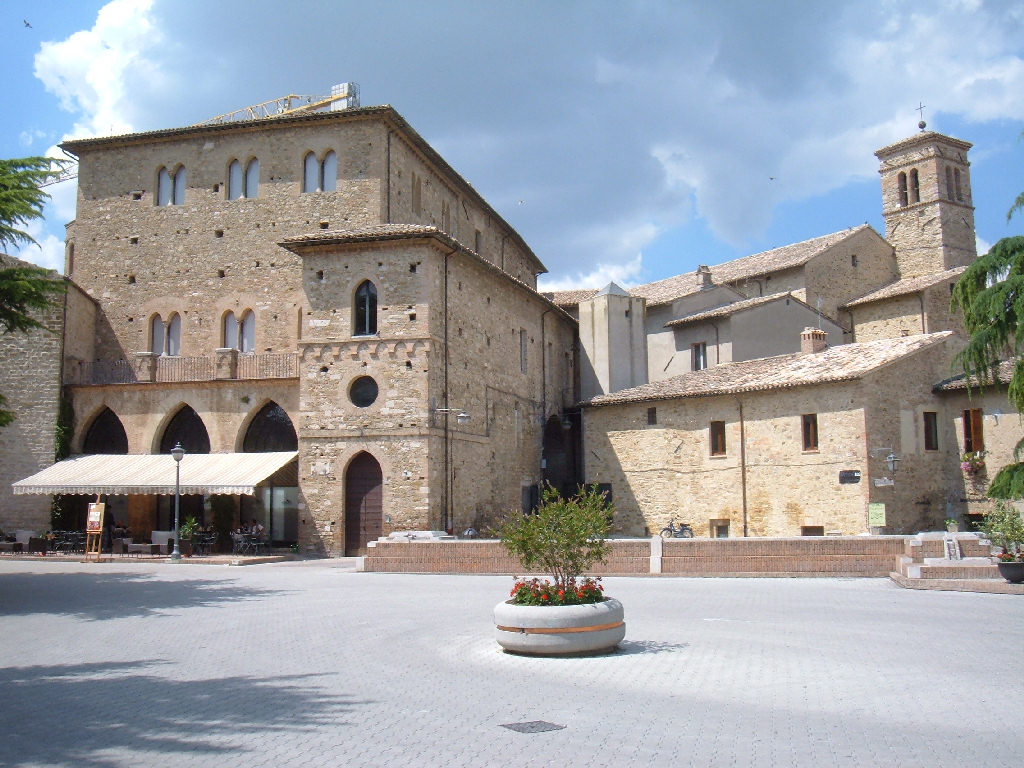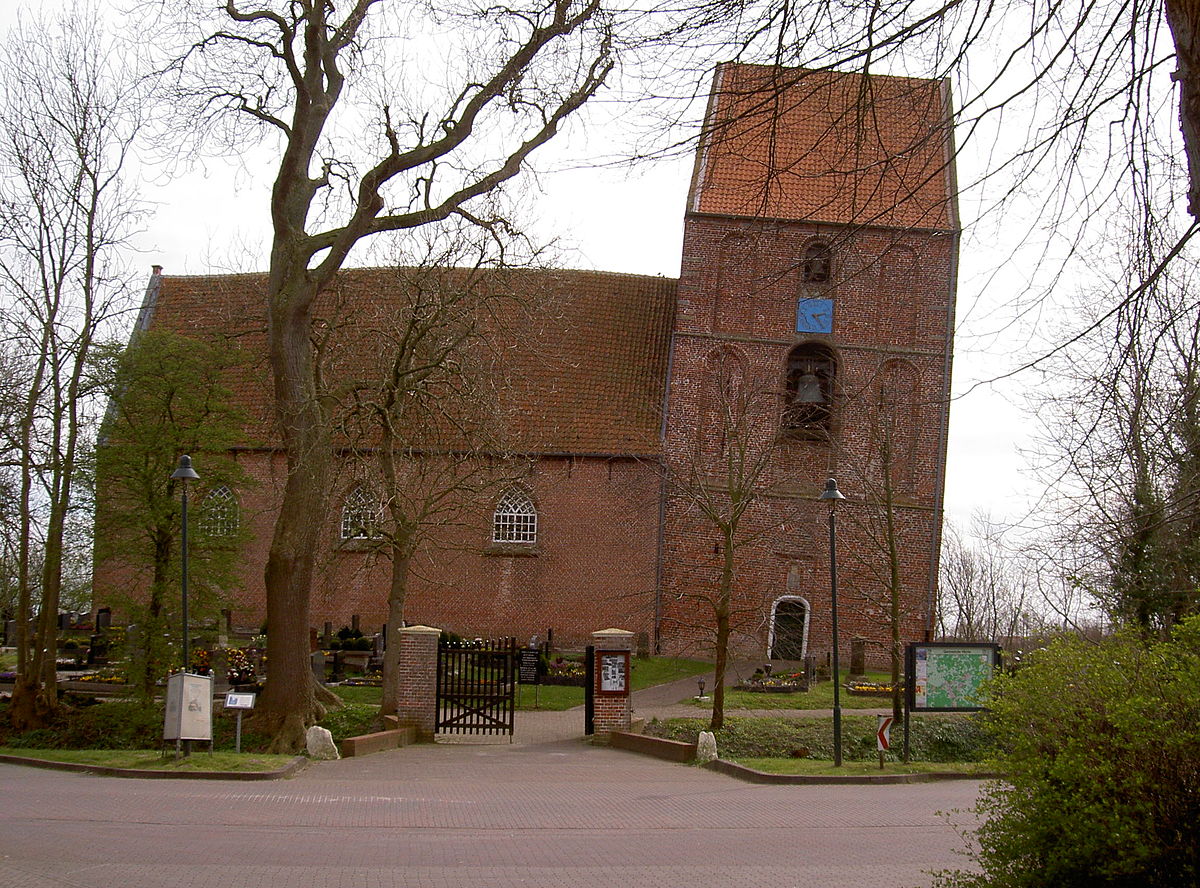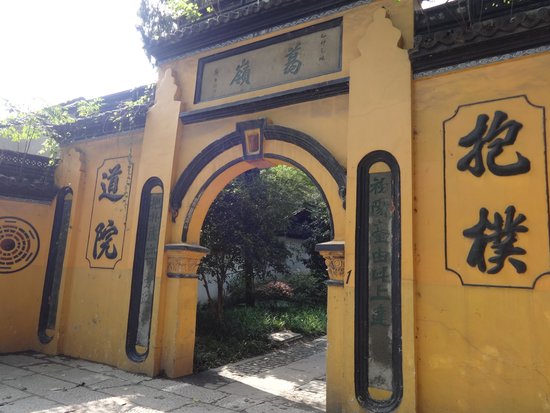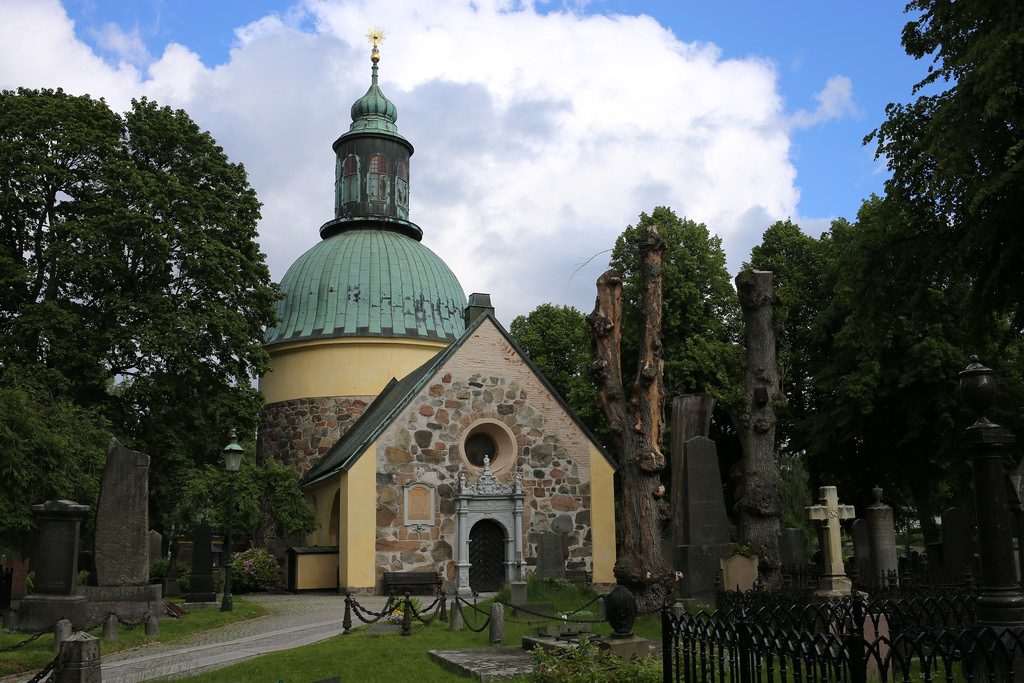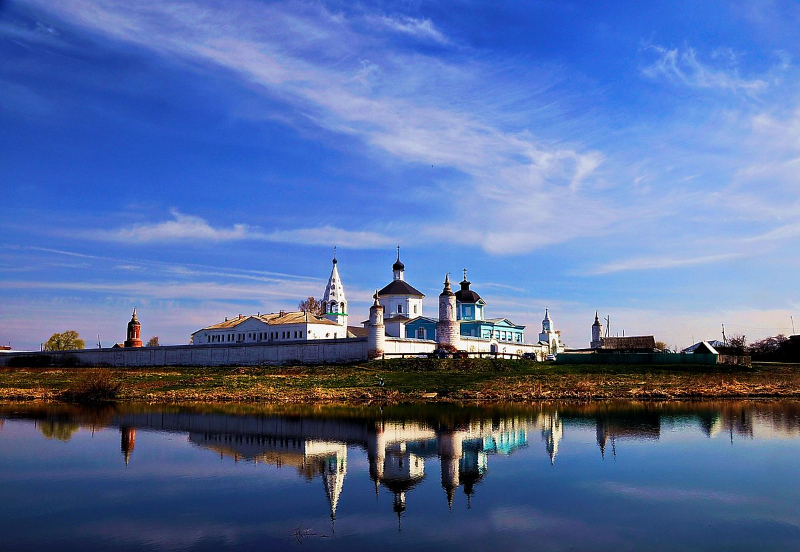The Church of Saints Domenico and Giacomo was built on an ancient oratory dedicated to Saint George, donated by the Municipality to the Blessed Giacomo Bianconi in 1291. As a sign of recognition for the fundamental role he played in the reconstruction of the town, following the siege by Frederick II’s imperial troops, he obtained permission to place the convent in a central position: in the square next to the Palazzo dei Consoli.
On the façade there is a beautiful polystyle portal of the end of the 14th century, decorated in the lunette with a fresco in a bad state of preservation. The interior, subjected to various reconstructions and restored in the 1900s, has a single bright nave.
Of the eighteenth-century altars that adorned the walls of the church, there remain beautiful frontals in scagliola and significant altarpieces, some of which are attributed to the Bevanate Ascensidonio Spacca (XVI century).
In the choir are the remains of an important cycle of frescoes attributed to a master of Assisian culture, linked to the early Giottesque style.
In the side chapels there are two wooden sculptures from the end of the 13th century: on the left the Madonna with Child, on the right a beautiful Crucifix considered miraculous. On the high altar (XVII century) an urn preserves the body of the Blessed Giacomo, while the ancient sarcophagus is walled in the entrance wall of the church.
In the adjoining convent is the cloister, decorated with stories from the life of Blessed James, by Giovanbattista Pacetti (XVII century). In the chapter house there are frescoes from the middle of the 1300s.
Going down via del Gonfalone, behind the apse of the church of Santi Domenico e Giacomo, there are conspicuous remains of a Roman building in mixed work, probably dating back to the 2nd century A.D., which could be a port structure.
